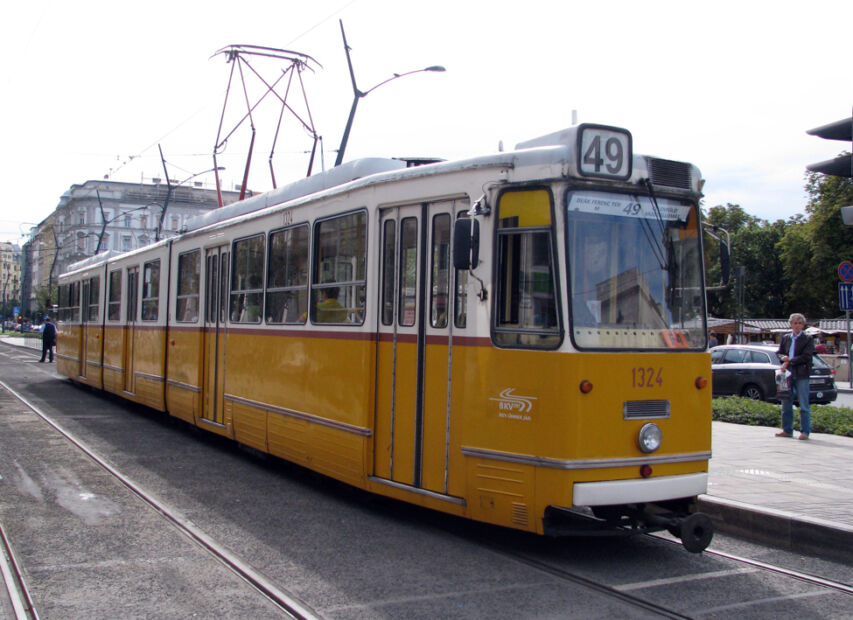Europe revises ITS rules due to technology changes
- June 26, 2023
- Steve Rogerson

The European Council is revising its intelligent transport system (ITS) rules to take account of technology developments, such as connected and automated mobility.
With a view to accelerating digital transition and smarter mobility in the EU, representatives have reached a provisional agreement on the revision of the 2010 directive on ITS.
The revised directive aims to take account of technological developments, such as connected and automated mobility, on-demand mobility, and multimodal transport. It also aims to accelerate the availability and enhance the interoperability of digital data that feed these services. The proposal therefore represents a step towards creating a common European mobility data space.
“Intelligent transport systems are vital to increase road safety and tackle Europe’s growing emission and congestion problems,” said Andreas Carlson, Swedish minister for infrastructure and housing. “This deal will boost our union’s evolution towards a smarter, safer, more efficient and more sustainable mobility.”
The provisional agreement preserves the ambition to move forward in the systematic and harmonised deployment of intelligent transport systems but gradually, to take account of the cost-benefit relation and of administrative capacity.
The agreement retains the structure of the commission’s proposal, which builds on the framework character of the ITS directive and the various technical interventions.
The necessary types of data, including access conditions for tunnels and bridges, speed limits, traffic circulation plans, permanent access restrictions, road closures, roadworks, temporary traffic management measures, and critical services, such as road safety-related traffic information services, are to be made available across the union.
The directive contains an implementation programme covering at least the next five years and a precise geographical scope of road networks. The commission may complement certain aspects of this implementation programme.
Finally, the text of the political agreement clarifies and specifies several provisions of the proposal, in particular the provisional treatment of emergency situations, protection of personal data, priority areas for the deployment and use of specifications and standards, and principles applying to the development of EU-level technical specifications.
The provisional agreement must now be endorsed by the European Council and Parliament. It will then be formally adopted by both institutions following legal-linguistic revision. From the council’s side, the Swedish presidency intends to submit the text to member states’ representatives for endorsement as soon as possible.
For background, the commission adopted in December 2020 a communication on a sustainable and smart mobility strategy that proposes a fundamental transformation of the European transport system to achieve the objective of sustainable, smart and resilient mobility. Digitalisation is an indispensable driver of this transformation and will make the entire transport system seamless and more efficient. It will also increase levels of safety, security, reliability and comfort.
The strategy identifies the deployment of ITS as a key action in building a connected and automated multimodal mobility system. ITS integrates telecommunications and information technologies with transport engineering to plan, design, operate, maintain and manage transport systems.
Directive 2010/40/EU (the ITS directive) was designed to be the framework for accelerating and coordinating the deployment and use of ITS applied to road transport and its interfaces with other transport modes. Due to key technological developments since then, a radical reform of the legislative framework is now necessary.
To this end, in December 2021, the commission submitted a proposal for the revision of the directive. The proposal is part of a package of legislative initiatives aimed at contributing to the goals of decarbonisation, digitalisation and greater resilience in transport infrastructure.




